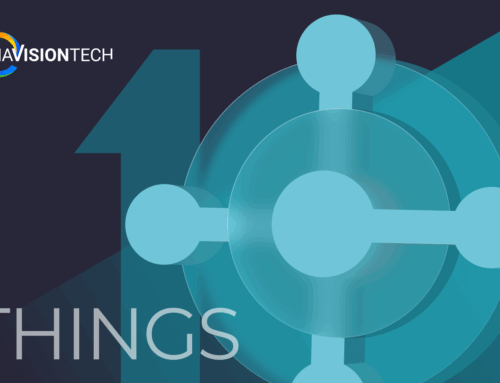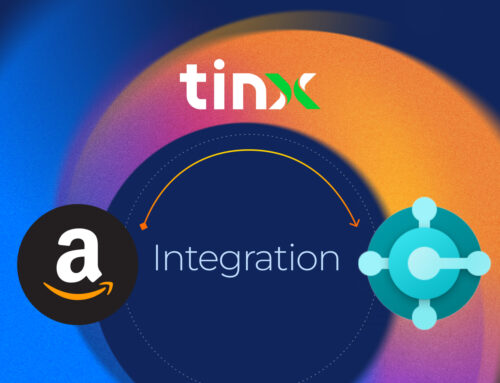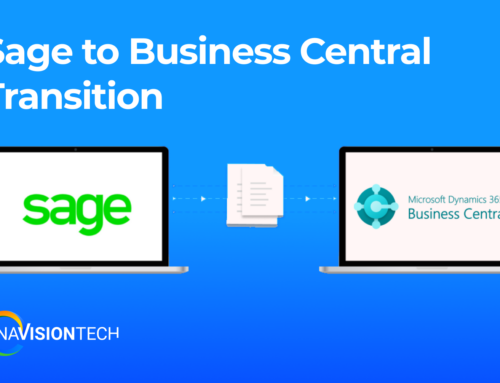As a reseller, your inventory asset is clearly your most important business investment, and undeniably, the ultimate means to your success. Navisiontech wants to empower you to maximize your Return on that Investment for your Microsoft Dynamics NAV, Dynamics 365 Business Central, LS NAV, LS Central, AX or Finance and Operation System.
 “In Product Soles, there is one undeniable truth—profitable INVENTORY turnover is the dynamo of prosperity.”
“In Product Soles, there is one undeniable truth—profitable INVENTORY turnover is the dynamo of prosperity.”
A Blueprint for Success—minimize Risk, maximize Returns, enhance Reinvestment
In the modern era, with “just-in-time inventory” drop-shipment options available to most Omni-channel product resellers (see Navisionech’s Smart Ship and Supplier on Demand), the trend in their electronic product catalogs is “bigger is better” — in other words: the larger their selection, the greater their prominence. If this sounds like your scenario, then simply determining what you need to carry in actual on-hand stock is truly more of a conundrum than ever before. Thus for all your replenishable inventory products, PI delivers you the dynamic solution.
PI is a configurable blueprint for Perpetual Inventory Optimization with which you can identify and maintain just the right onhand quantities, of just the right products, at just the right costs, in order to optimize customer throughput and loyalty; and ultimately minimize Financial Risk; maximize Return on Investment; and enhance Reinvestment Capital.
How it Works—KPl’s to ABC’s
PI dynamically blends the time-honored concepts of the Pareto Principle (aka the 80-20 Rule) with your own Business Intelligence, to present a re-organized view of all replenishable products into top-down ranking of their individual cyclical value to your bottom line.
First, PI’s algorithms apply a user-configurable weighting to each of the five (5) historical KPI statistics (detailed below) as they relate to every product: Item Consumption Ratio — Annualized Item Cost of Goods Sold / Annualized Total Cost of Goods Sold = %; O % S 100. Provides management with an initial indication of an item’s importance to overall sales revenue. It acknowledges an item’s Consumption and not its Profitability, as some items can and will be used as “loss-leaders” to generate collateral profitable sales. Note that this ratio is traditionally the sole comparative factor used in determining A B C valuation in many common ERP inventory systems; but its primary weakness is that it cannot measure item popularity – for that we rely on supplemental help from both Item Turnover Rate and In-Transaction Frequency. Item Turnover Rate — Annualized Item Cost of Goods Sold / Item Average Daily Investment Value = n; 0 ≤ n ≤ ∞. Provides management with an indication of an item’s average investment “flip-rate” (or) time-value investment profitability. It does indeed aid in determining general Item popularity; and it is also critical in demand vs. supply cycle forecasting of products with high Margin Contribution Ratios. Overall, this rate is of supplemental importance to Financial Budget Management in their comparative ROI analyses of broad product Categories, Departments, and Dimensions. Margin Contribution Ratio — Annualized Item Profit Margin ($) / Annualized Total Profit Margin ($) = %; O ≤ % ≤ 100. Provides management a “real” indicator of an item’s significance to, (or) contribution % of, the organization’s total gross profit margin. By broadly employing this single factor, an organization can extrapolate its “most profitable” Item, Category, Style, Department, Store, Dimensional Profit Center, and etc.Note: Do not confuse this with a similar sounding cost accounting term — Contribution-Margin — which is used in classic “break-even” analysis.
In-Transaction Frequency – Annualized Item In-Transaction Count / Annualized Total Transaction Count %; 0 ≤ % ≤ 100. Provides management with a look at an item’s day-to-day popularity and reinforces the Item Consumption Ratio as a determinant of an item’s intrinsic value to the organization. Also, as this analysis requires a look into detailed transaction history, that history will also provide side benefits of revealing common tag-a-long or paired items to promote and exploit Cross-selling and Substitution opportunities. Return on Investment – Annualized Item Total Profit Margin (S) / Item Average Daily Investment Value = %; 0 ≤ % ≤ ∞. Provides management with a historical “comparative investment” rate of return % as it is used in all financial circles; and in that realm, where it truly shines as “the number”, it is usually presented as a % for a department, division, store, or enterprise to lure investment funding. For credence as a % for individual items, it really requires analytical assistance from Item Turnover Rate and especially Margin Contribution Ratio. Then PI amalgamates the resultant values into a single Value Coefficient tag per Item Finally, PI sorts of the Value Coefficients highest to lowest and it additionally tags the numerical top 20% of items as A-items, the next 30% as B-items and the remaining 50% as C-items.ABC’s for Procurement, Corporate, and Financial Management.
For Procurement Managers: PI provides an outstanding tool with which to maintain a hands-on stewardship over the entire stocked product line; and to keenly focus on trends and fluctuations in supply and demand for A-items to maximize profitability, and customer loyalty and satisfaction.
For Corporate and Financial Managers: PI delivers a decisive “wheel-house” perspective for long-term success. Clearly the overview and guidance that PI provides upper management, focuses their attentions on proliferating capital reinvestment and expansion into product lines from A-Profit Centers.
Tech Support from Navisiontech… On-Demand and On Point Try Navision tech Support today! We offer 2 FREE hours of support for nearly ALL versions of LS Retail, LS Central, Dynamics NAV, from version 3 to Business Central. Our support team is US based and will provide support not only for your ERP system, but also for SQL Server, EDI, supply chain, and even code-level support.





Leave A Comment